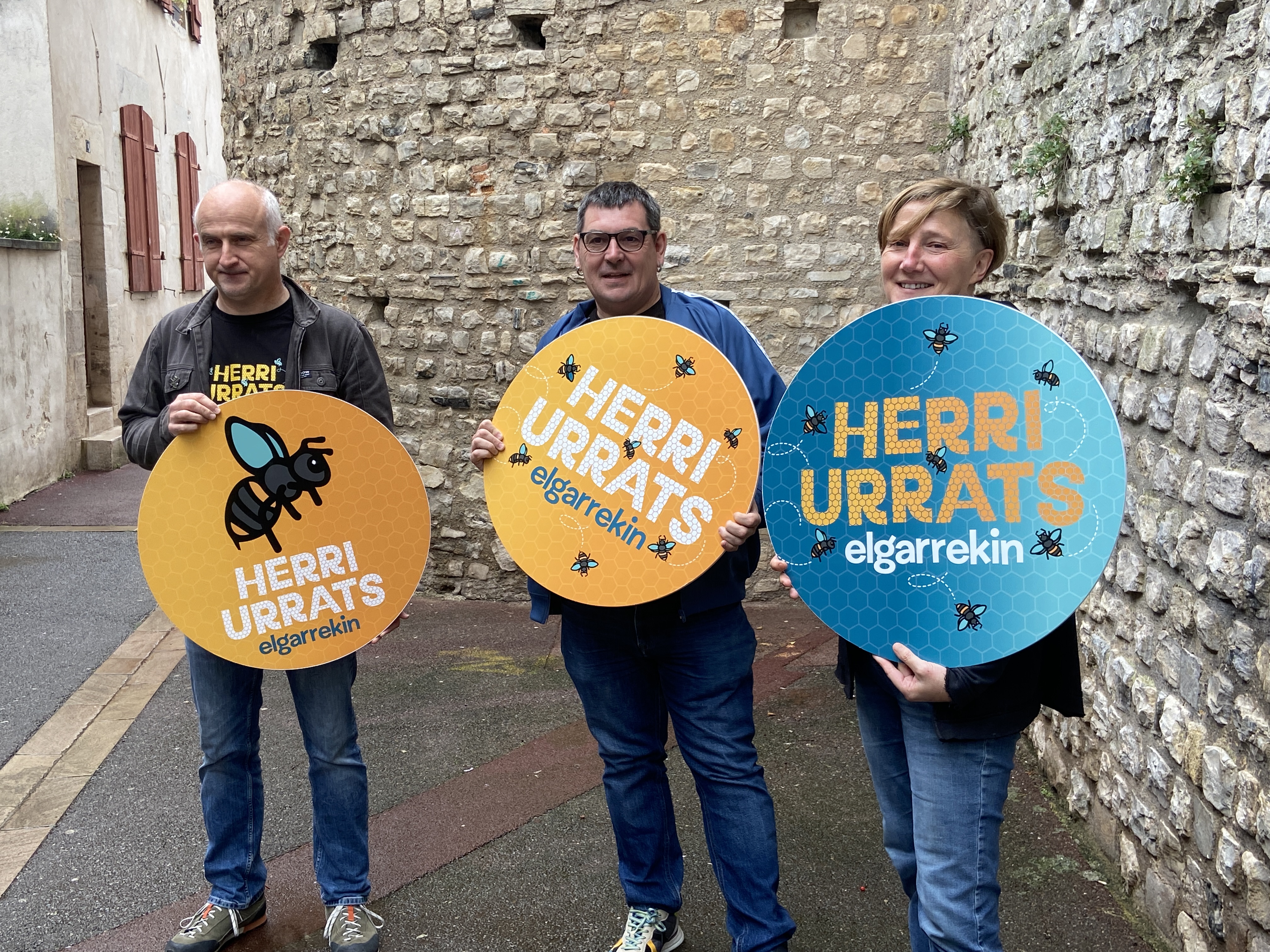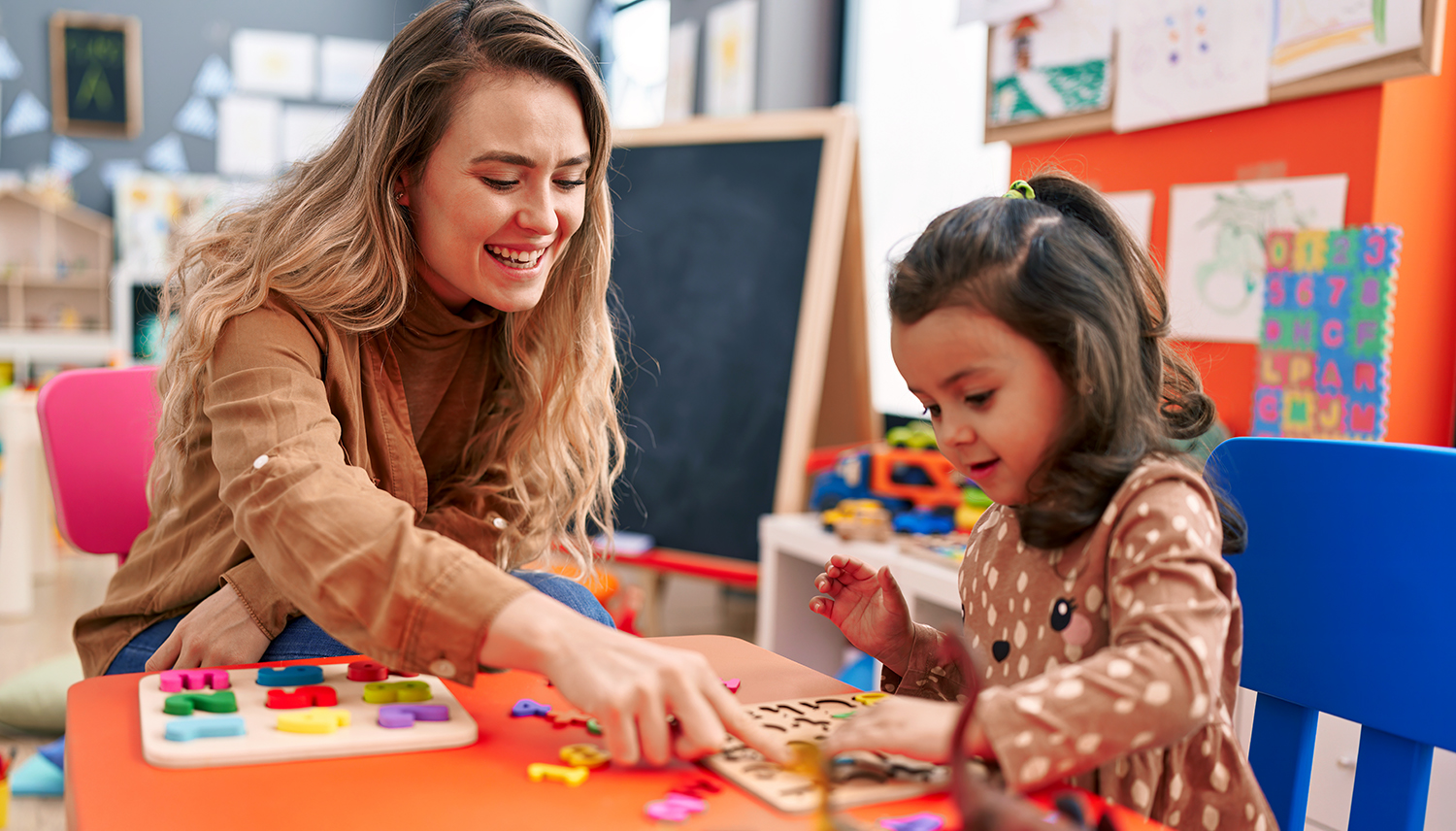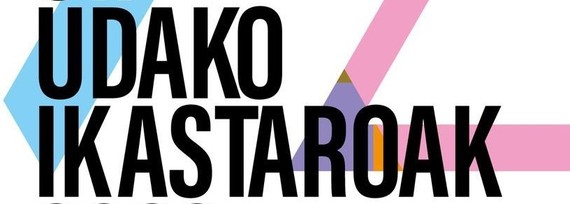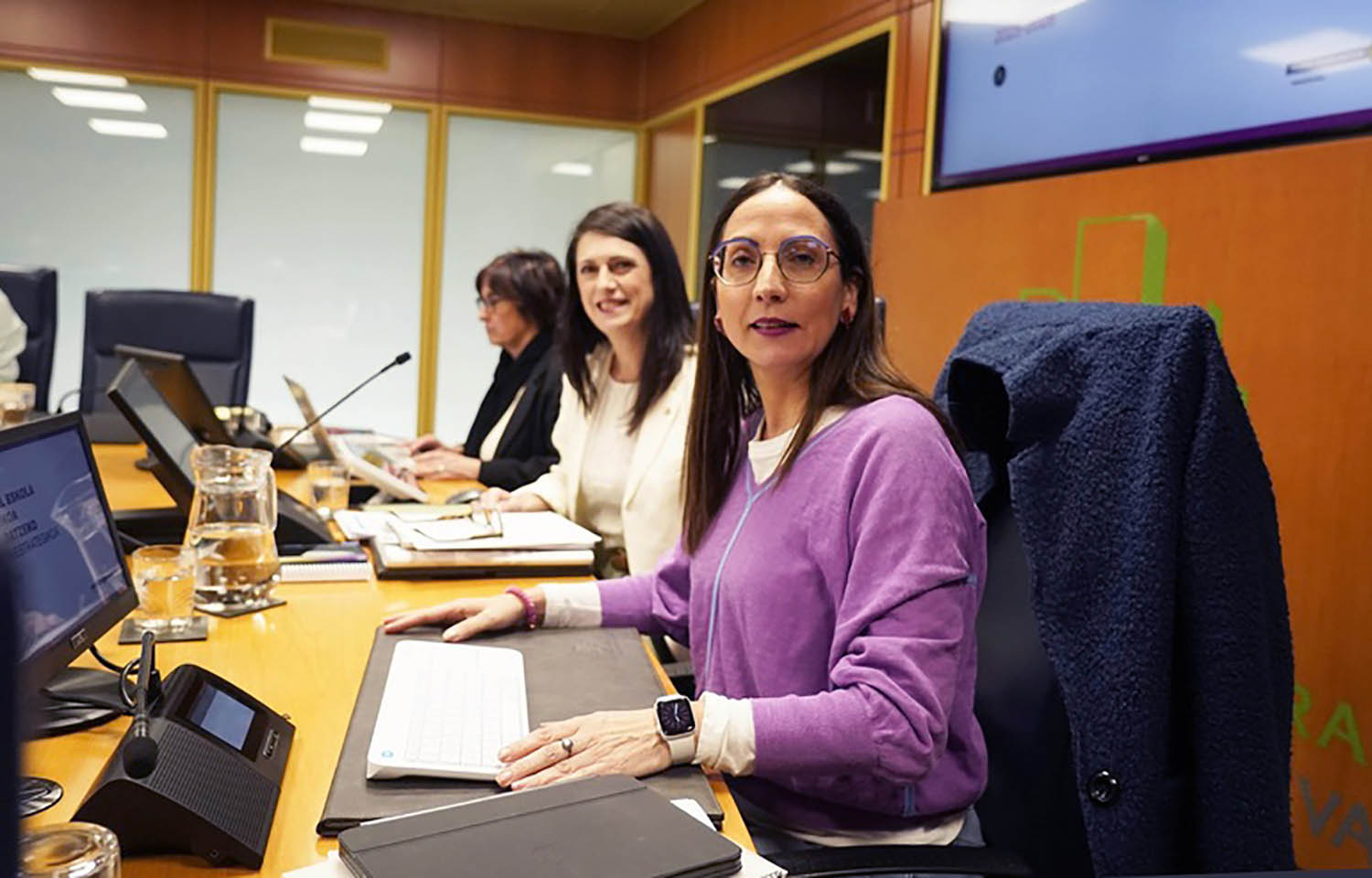"The classroom today is a system of discipline, not learning"
- Dutch artist Rosan Bosch (Utrecht, 1969) uses design as a tool to transform the educational system. Montessori was educated in a school and currently runs a successful study. It is rooted in Denmark, but it has carried out projects around the world. Its starting point: to destroy the classroom to turn it into a “learning landscape”.

What are the goals of your designs, what do you want to influence children?
Motivation is the main objective. You'll hardly learn anything if you're not motivated. It makes you challenge yourself, brings you curiosity, pushes you to learn... It is about promoting learning in boys and girls, making them feel independence and wanting to learn for themselves. This is a paradigm shift in the educational system: tasks are also given, but internal motivation is the strongest. The current design of schools does not allow this change, as it is proposed as a control system.
How does this current design fail?
In a lot of things. Most of all, when you put a group of kids in a room to do the same thing at the same time, they lose individuality and we don't all learn the same way. Some need silence and isolation to concentrate, others have to have the music on or move... It must create an environment that doesn't bother each other.
And the class doesn't work?
We work on educational projects and the classroom is one of the problems. You need spaces much larger than a small classroom. We don't call it a classroom, we call it a learning landscape. Playing is learning. For example, in a school we made a landscape of volcanoes; inside there is a very wide space where the teacher can speak to everyone, but also places where they can be more isolated, the students can choose where to go to learn better.
Does this work when students are of age, when they have to follow the curriculum and learn more seriously to pass exams?
We could also talk a lot about tests, but… Who says that the best way to overcome tests is for students to sit at the tables in front of the teacher? It's an ancient and false mindset, denied by neuroscience. The MIT conducted a study to measure their attention in master classes and from the 20th minute the students' brain activity dropped greatly. This classroom is a system of discipline, not of learning.
But are landscapes composed of volcanoes and slides useful for all ages?
It's not about age, it's about culture and identity. For example, the first time I was in a expensive international school, they have a luxury building but they're worried that students have problems developing 21st century skills. There are also companies with slides, it would be sad if that were limited to primary education.
What did they do with blackboards and tables?
They are not bad in themselves, evil is in the way and in the direction in which it sits. The slate is like a page on the wall, you often have to explain things with images and it's usually useful. It is important that you are not there all day long, in that reduced posture. However, you do not solve anything by removing only tables, schools, faculty and students need a behavioral change.
The physical change of the room should therefore be part of a more comprehensive change. What are those changes?
Pedagogical and organizational changes are the most difficult. That is why most schools are so because of the way the teacher works. So many hours teaching in a class... In our approach, however, students have a mentor teacher, but they have mobility. They move between groups, they're more flexible structures. There's a short speech, and then you work your project, the professor will help you. There's a paradigm shift from passive to active learning. It's a difficult, difficult change, and it needs investment.
What is the role of the teacher in this model?
The teacher is like a coach. When you gradually assume your responsibility, you want to build your skateboard and the teacher helps you, how to get information, advice, meet with your peers to help you... The goal is to bring with you that attitude of learning to leave school.
Parents want security, results...
The projects we are working on today are not the result of governments, but of schools and parents. They see the need for holistic child development. I'm also a mother, and these schools don't give worse academic results, but they do give happier children. In the Basque Country, I've been told, the résumé forces you to have classrooms. In the perfect world, there would be no curriculum or studies, but in the real world, unfortunately, there are.
They redesign not only classrooms, but also workplaces.
Hospitals, business centers, exhibitions, museums, companies… Everything is related and in the case of companies, some details are different, but not so much. For example, we work with the Lego company, interested in workers' learning, in communication, in play, in identity...
“Arte Ederretatik nator eta hasita nengoen artea egunerokoan txertatzen, diseinua aldaketarako tresna gisa erabiltzen. Hala ere, nire semeen heziketagatik hasi nintzen honetan. Eskolan aspertuta zeuden, gogoa galtzen. Irakaslearekin mintzatu nintzen eta gaindituta zegoen, 30 haurrekin, aldaketarik egin ezinik. Gauza txikiekin hasi nintzen hari laguntzen eta geroztik aldaketa integralak diseinatzen aritu naiz”.
We have had to endure another attack on our language by the Department of Education of the Government of Navarre; we have been forced to make an anti-Basque change in the PAI program. In recent years, by law, new Model D schools have had to introduce the PAI program and have had... [+]
Public education teachers have the need and the right to update and improve the work agreement that has not been renewed in fifteen years. For this, we should be immersed in a real negotiation, but the reality is deplorable. In a negotiation, the agreement of all parties must be... [+]
Garai kuriosoak bizi ditugu eta bizi gaituzte, zinez. Hezkuntza krisian dela dioten garaiak dira eta, gutxien-gutxienean, aliritzira, ba aizue, 2.361 urte ditu gaurgero boladatxoak.
Ez zen ba debalde joan Aristoteles bere maisu maite Platonen akademiatik lizeo bat muntatzeko... [+]
Lehengai anitzekin papera egitea dute urteroko erronka Tolosako Lanbide Heziketako Institutuko kimika industrialeko ikasleek: platano azalekin, orburuekin, lastoarekin, iratzearekin nahiz bakero zaharrekin egin dituzte probak azken urteotan. Aurtengoan, pilota eskoletan kiloka... [+]



















